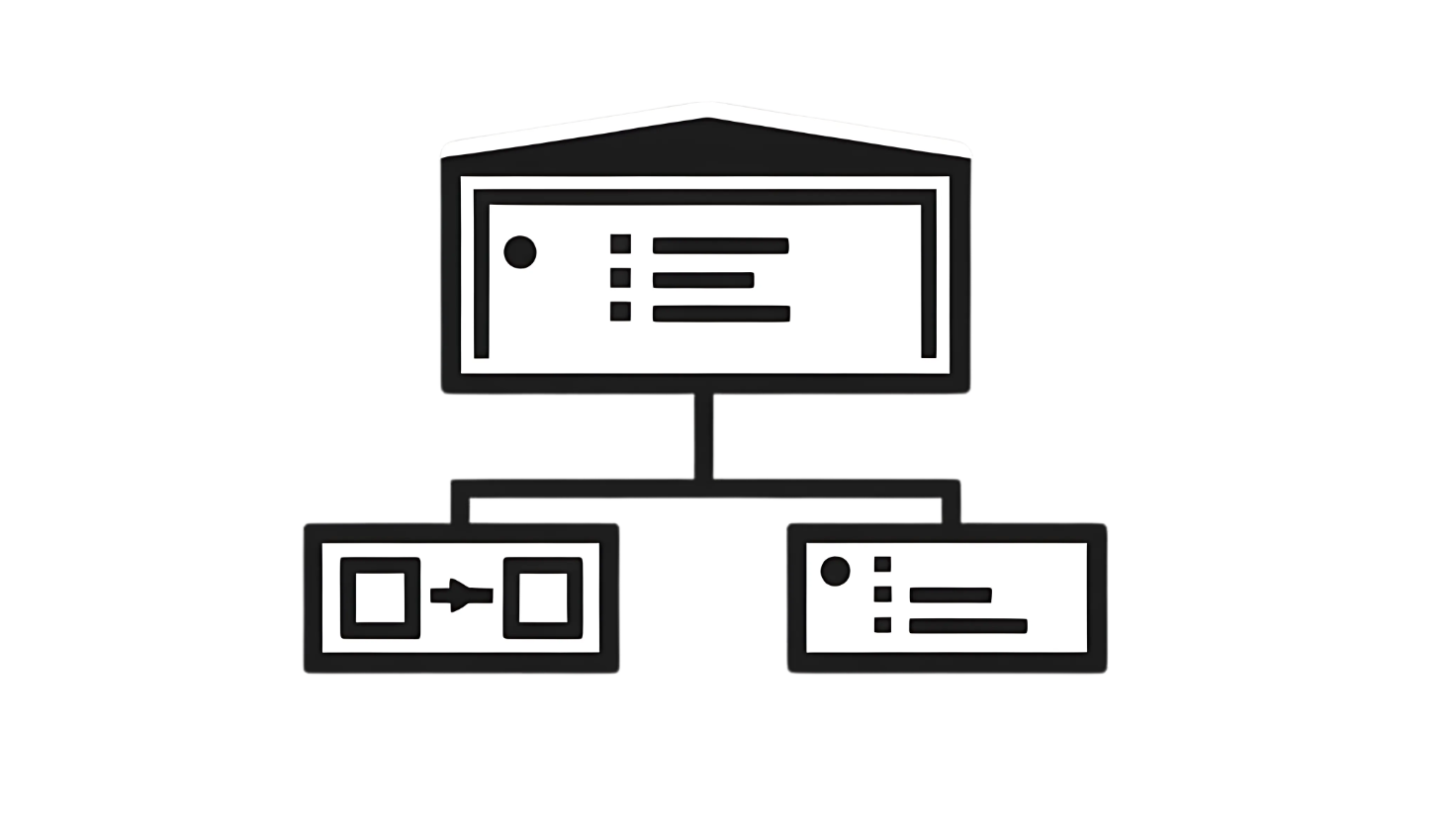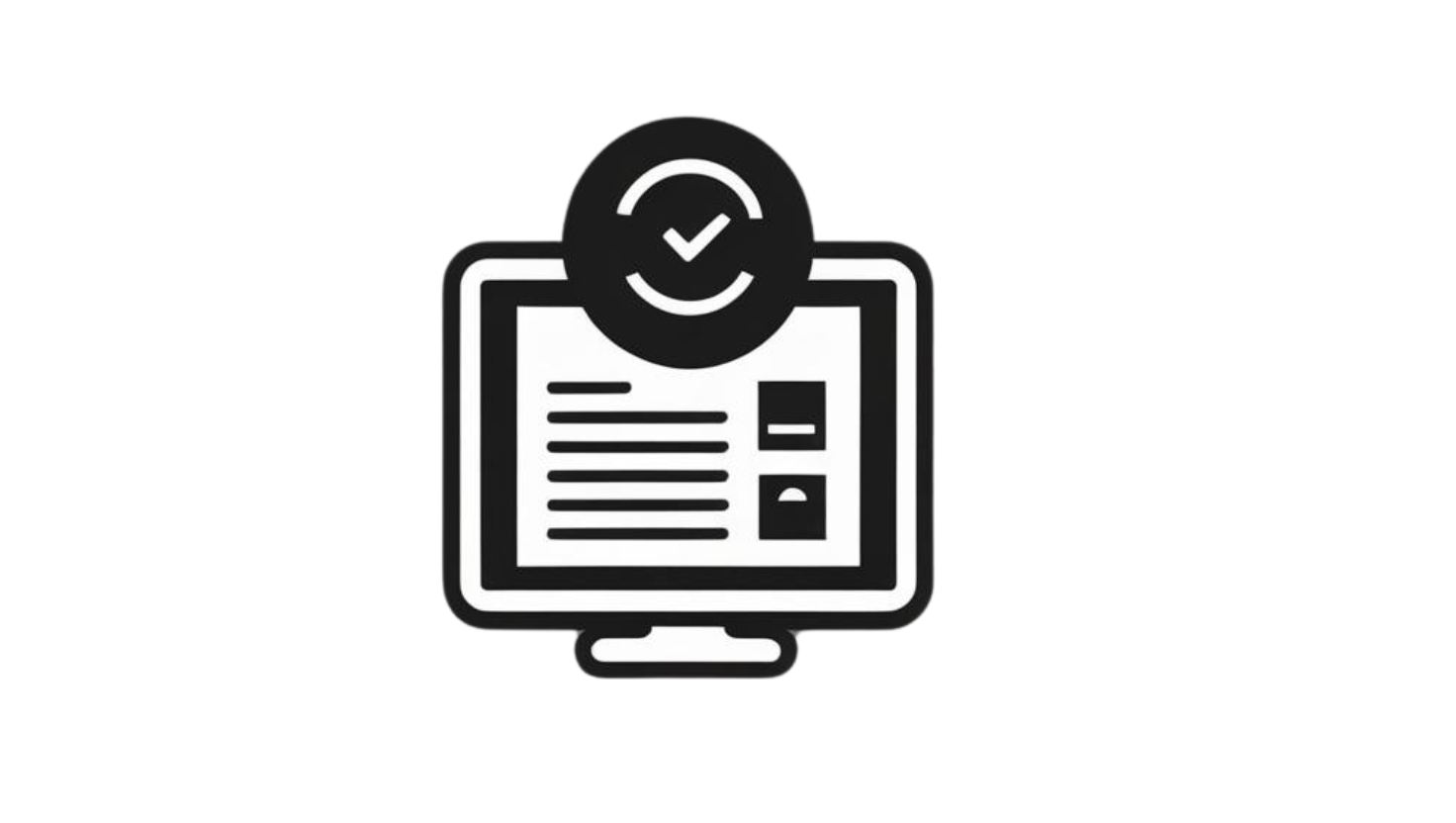


This refers to the process of managing and automating data workflows in Power BI and Microsoft Fabric. It ensures that data is collected, processed, and cleaned in the right order—removing errors or duplicates—so your reports always show accurate and reliable information.
In Power BI and Microsoft Fabric, Orchestration and Clean-up refers to the automated process of managing how data is collected, transformed, and prepared for reporting.
Orchestration involves setting up a step-by-step flow that controls when and how different data tasks happen—like importing data from multiple sources, applying calculations, and updating dashboards on a schedule. It helps make sure everything runs smoothly and in the correct order without needing manual work.
Clean-up is the part where messy or inconsistent data is fixed. This includes removing duplicates, correcting errors, and formatting data so it’s accurate and easy to use. It ensures your visuals and reports are based on clean, trustworthy data.
Together, these processes save time, reduce errors, and keep your Power BI reports up to date with high-quality data.

This means adding extra details to your data to make it more useful and meaningful. In Power BI and Microsoft Fabric, data enrichment helps turn raw data into smarter insights—for example, by combining data from different sources or adding calculated fields to show trends, scores, or categories.
In Power BI and Microsoft Fabric, Data Enrichment is the process of enhancing your raw data by adding more context, meaning, or value to it. Instead of just showing basic numbers, enrichment helps transform the data into something more insightful and easier to understand.
This can include:
The goal is to give end users richer, more actionable insights by making the data clearer, more complete, and ready for better decision-making.

This is the process of organizing and connecting your data in a smart way so Power BI and Microsoft Fabric can understand it. It helps link different tables together (like sales and customers) so your reports show accurate results and are easy to explore.
In Power BI and Microsoft Fabric, Data Modeling is the process of structuring and connecting your data so it works correctly in your reports and dashboards.
Instead of having one big table, your data is usually stored in multiple related tables—like sales, products, and customers. Data modeling links these tables together using relationships (like matching customer IDs) so you can easily analyze everything in one place.
It also includes:
A good data model makes your reports faster, more accurate, and easier to use—so decision-makers can get clear insights from the data without needing to understand how everything is connected behind the scenes.

This ensures that the data used in Power BI and Microsoft Fabric is accurate, complete, and reliable. It involves checking for errors, missing values, or duplicates so that your reports are based on clean and trustworthy information.
In Power BI and Microsoft Fabric, Data Quality Control is the process of making sure that the data used in your reports is clean, accurate, and trustworthy.
It involves checking for and fixing problems like:
Quality control also includes setting rules to validate data and flag issues automatically. For example, it can check if all sales records have valid dates, or if customer names are spelled consistently.
By ensuring high-quality data, you can trust that your dashboards and reports are showing the right information—leading to better insights and confident decision-making.

This is the process of creating interactive dashboards and visual reports in Power BI and Microsoft Fabric. It involves turning raw data into clear, easy-to-understand visuals that help users track performance, spot trends, and make better decisions.
In Power BI and Microsoft Fabric, Report Development is the process of designing and building visual dashboards and reports that help users understand their data.
It starts by connecting to cleaned and organized data, then selecting the right visuals—like charts, tables, maps, or KPIs—to clearly show important information. Developers also add filters, slicers, and interactive features so users can explore the data and focus on what matters most to them.
Report development includes:
The goal is to create reports that are not only accurate and informative, but also easy to use—so anyone can explore the data, find answers, and make smart decisions based on clear insights.

This is the process of sharing Power BI and Microsoft Fabric reports with the right people at the right time. It ensures that users can access the latest dashboards and insights—whether through email, links, scheduled refreshes, or secure online access.
In Power BI and Microsoft Fabric, Report Delivery refers to how reports and dashboards are shared with users so they can access important insights when they need them.
Once a report is developed, it can be delivered in several ways:
Report delivery ensures that users always get the most up-to-date information in a way that’s convenient, secure, and easy to access—whether on a desktop, tablet, or mobile device.
The goal is to make data-driven insights available to decision-makers without them needing to search or wait for manual updates.

These are customized dashboards in Power BI and Microsoft Fabric, designed to show each user the most relevant data for their role. Instead of a one-size-fits-all report, each person sees the insights they need to focus on what matters most to them.
In Power BI and Microsoft Fabric, Tailored User Dashboards are personalized dashboards designed to meet the specific needs of different users or teams.
Instead of showing the same information to everyone, these dashboards are customized so each user sees only the data that’s most relevant to their role, department, or responsibilities. For example, a sales manager might see performance by region, while a finance user sees cost and revenue trends.
These dashboards can include:
Tailored dashboards help users stay focused, save time, and make smarter decisions by giving them exactly the information they need—nothing more, nothing less.

This involves helping users understand how to use Power BI and Microsoft Fabric reports and dashboards. It includes training, guidance, and ongoing support to make sure users feel confident exploring data and getting the insights they need.
In Power BI and Microsoft Fabric, User Orientation and Support ensures that users are comfortable and confident when working with dashboards and reports.
It starts with orientation and training, where users are shown how to navigate reports, use filters and slicers, and understand key visuals and metrics. This helps users get the most value from the tools without feeling overwhelmed.
Support continues after rollout and may include:
The goal is to make sure every user—from beginner to advanced—can easily access, understand, and use the data to make informed decisions, with help available whenever they need it.

This refers to one-time or on-demand data or report requests in Power BI and Microsoft Fabric. It allows users to ask for specific insights or custom views that aren’t part of the regular dashboards—helping them answer urgent or unique business questions quickly.
In Power BI and Microsoft Fabric, an Ad Hoc Request is a one-time or custom request for specific data, analysis, or reporting that isn’t already available in the standard dashboards.
These requests usually come up when a user needs to:
Ad hoc requests are often handled quickly and don’t require long-term development. They might involve generating a custom visual, filtering existing data in a new way, or pulling in additional data temporarily.
The goal is to give users the flexibility to get the exact insights they need—when they need them—even if it’s outside the regular reporting structure.

This refers to making it easier to manage access, structure, and data flow in Excel reports. It helps ensure the right people are using accurate data, while improving control, efficiency, and the overall user experience.
In Excel reporting, improvements in user management focus on streamlining how reports are built, accessed, and maintained—especially when working with client requirements and data transformation tools like Power Query.
It includes tasks such as:
Improvements in report management reduce manual effort and minimize errors. They also make it easier for users to get the data they need without unnecessary delays.
The goal is to create a smoother experience for both report users and report creators—ensuring that access, data structure, and reporting processes are efficient, secure, and aligned with business goals.